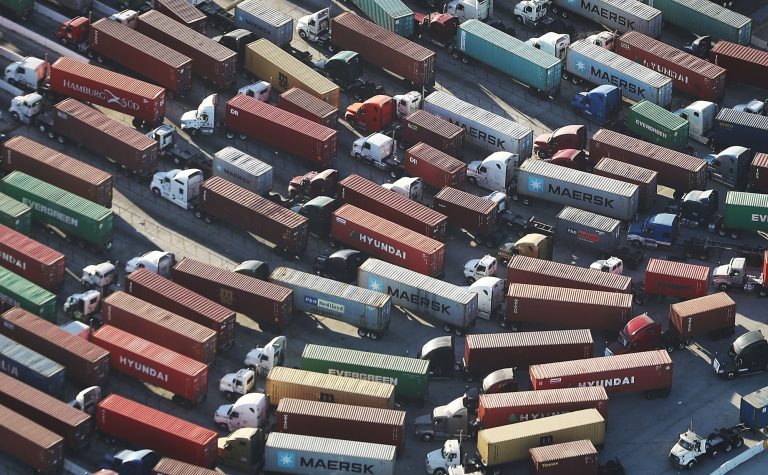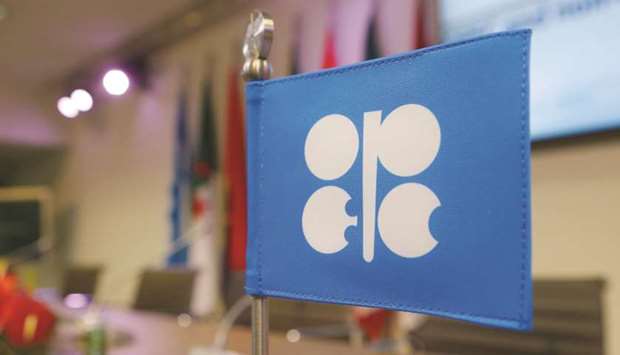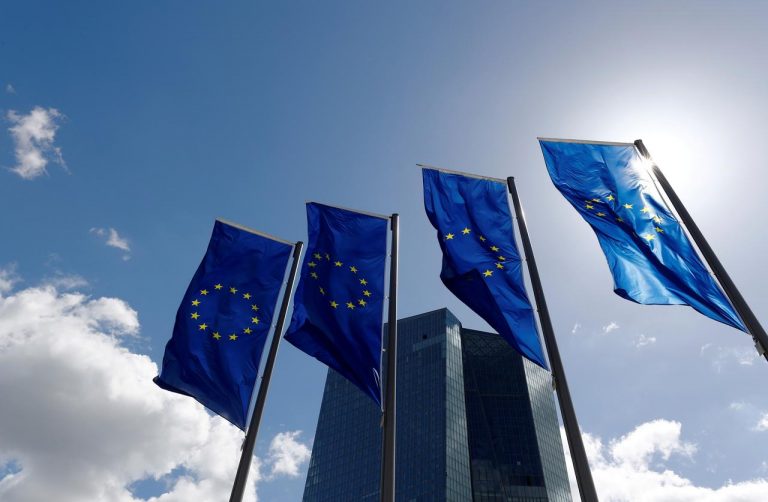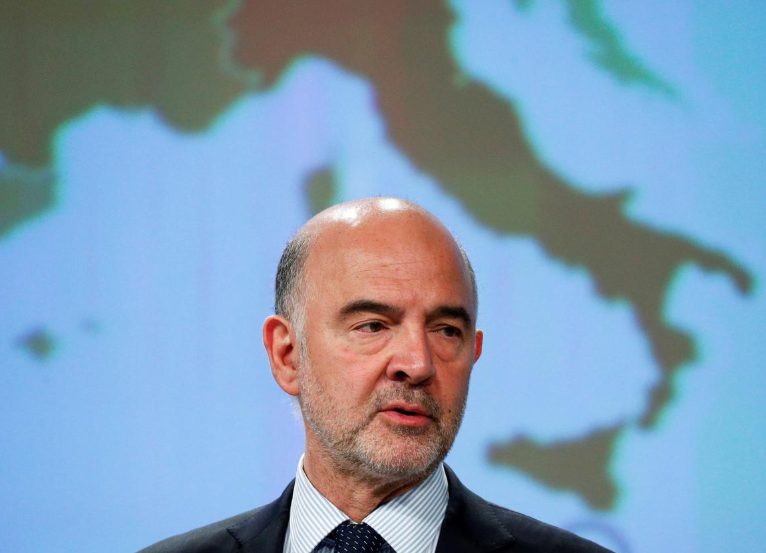Last month, the Akademik Lomonosov, Russia’s first floating nuclear power plant, arrived in the remote town of Pevek in the country’s Siberian Arctic region. Russian state-run nuclear energy company Rosatom sees this as a pilot project, and hopes eventually to deploy a fleet of such units in Russia and elsewhere – including in developing countries in Asia and Africa that urgently need affordable electricity.
The Lomonosov builds on a long tradition of nuclear-powered icebreakers in the Arctic Ocean. But, as I explain in my book on energy geopolitics, it also is a cutting-edge example of how small modular reactors can be deployed more easily, flexibly and cost-effectively than traditional nuclear facilities.
SMRs hold out the promise of clean energy production not only in remote areas, but also in developing countries that are not equipped to build bespoke nuclear power plants on land.
Floating SMR technologies also could potentially be used in commercial shipping in the thawing Arctic: nuclear-powered container ships would be far cleaner than those powered by heavy fuel oil, which produces emissions of sulfur and heavy metals. Furthermore, growing economic activity throughout the Arctic makes it increasingly important for remote areas like Pevek to have low-carbon energy sources.
Although the Lomonosov will be the world’s smallest and most northerly nuclear plant when it comes online, it may soon have competition. Researchers in the United States, South Korea, Russia, France, China, Argentina, Japan and India are currently working on about 50 different SMR designs. Furthermore, the rapid changes in the Arctic, and the global push to replace fossil fuels with low-carbon energy sources, have led Chinese, French and American researchers to join their Russian counterparts in assessing the prospects for sea-based nuclear power.
Unfortunately, Western media have failed to recognize the importance of the Lomonosov. Instead, inflammatory and misleading language from Greenpeace and several other environmental groups has led to breathless reporting on the launch of a “nuclear Titanic” and “Chernobyl on ice.”
Greenpeace, which has always opposed nuclear energy because of its supposed risks to the environment and humans, has highlighted the remote location of the Lomonosov and the unpredictable Arctic climate. As with many other nuclear projects in recent decades, the group has again succeeded in framing the terms of debate. But those with actual nuclear expertise have made it clear that Greenpeace’s scare tactics have “no basis in science.”
As industry experts have repeatedly pointed out, seaborne nuclear reactors are hardly a new concept.
The U.S. used an ex-World War II cargo ship equipped with a nuclear reactor to generate power for the Panama Canal from 1968 to 1976, and Russia’s fleet of nuclear-powered icebreakers uses the same type of reactor as the Lomonosov. These reactors already meet International Atomic Energy Agency requirements, with safety measures including double containment and passive reactor vessel cooldown systems.
In fact, offshore nuclear reactors could even be safer than those on land, because cold water facilitates the rapid cooling of the unit in case of emergencies.
Sadly, the primacy of anti-nuclear sentiment over empirical fact has been a consistent feature of Europe’s nuclear-power debate since the ’80s. In 1997, for example, France abandoned its own advanced Superphenix “breeder reactor” project because incoming Prime Minister Lionel Jospin required the support of the Green Party to form a government.
Two decades later, France still has not successfully developed the technology. And just last month, the country’s Alternative Energies and Atomic Energy Commission decided to abandon the fourth-generation advanced sodium technological reactor for industrial demonstration (ASTRID) that had been launched in 2006 to replace Superphenix.
By succumbing to anti-nuclear pressure from groups such as Greenpeace, Western policymakers have failed to keep pace with Russia and China. Russia’s Rosatom, for example, is already a global leader in marketing nuclear energy to emerging economies, and has over a hundred projects in countries including India, China and Belarus.
The alarmist rhetoric surrounding today’s emerging nuclear technology is unfortunately par for the course. And it again highlights the contradictory and self-defeating approach of some Western policymakers to the world’s largest and most reliable source of low-carbon energy.
According to the United Nations Intergovernmental Panel on Climate Change, nuclear power generation is second only to onshore wind in terms of carbon neutrality, with median carbon dioxide emissions of just 12 grams per kilowatt hour of electricity generation. Those concerned about CO2 emissions should therefore prefer nuclear energy to fossil fuels such as coal (820 grams/kWh) and natural gas (490 grams/kWh).
Nuclear also outperforms biomass (230 grams/kWh), solar energy (48 grams/kWh), and hydropower (24 grams/kWh). In addition, nuclear power has none of the intermittency problems that plague wind and solar energy, causing ongoing price increases for consumers.
These differences come into sharp focus when we consider the effect of German Chancellor Angela Merkel’s Energiewende policy, which aims to increase the country’s renewable energy capacity while phasing out nuclear power. The Energiewende is often lauded as one of Europe’s leading sustainability initiatives. Yet, in Germany’s rush to move away from nuclear power following the 2011 nuclear accident in Fukushima, Japan, the country’s energy sector has had to rely on coal for baseload power.
Pressure from German environmentalists helped drive this decision – but using nuclear energy instead of coal would have resulted in Germany releasing approximately 220 million fewer tons of CO2 per year. In fact, since 1990, Germany has managed to achieve only a slow, uneven decline in CO2 emissions, despite a manifold increase in renewable energy capacity.
While Germany continues to phase out its nuclear industry, the Akademik Lomonosov highlights the potential for nuclear-power generation in the Arctic. What Europe in particular needs now is a sensible nuclear-energy debate based on facts rather than fear.
Samuele Furfari is a professor of the geopolitics of energy at Universite libre de Bruxelles, and author of The Changing World of Energy and the Geopolitical Challenges.












